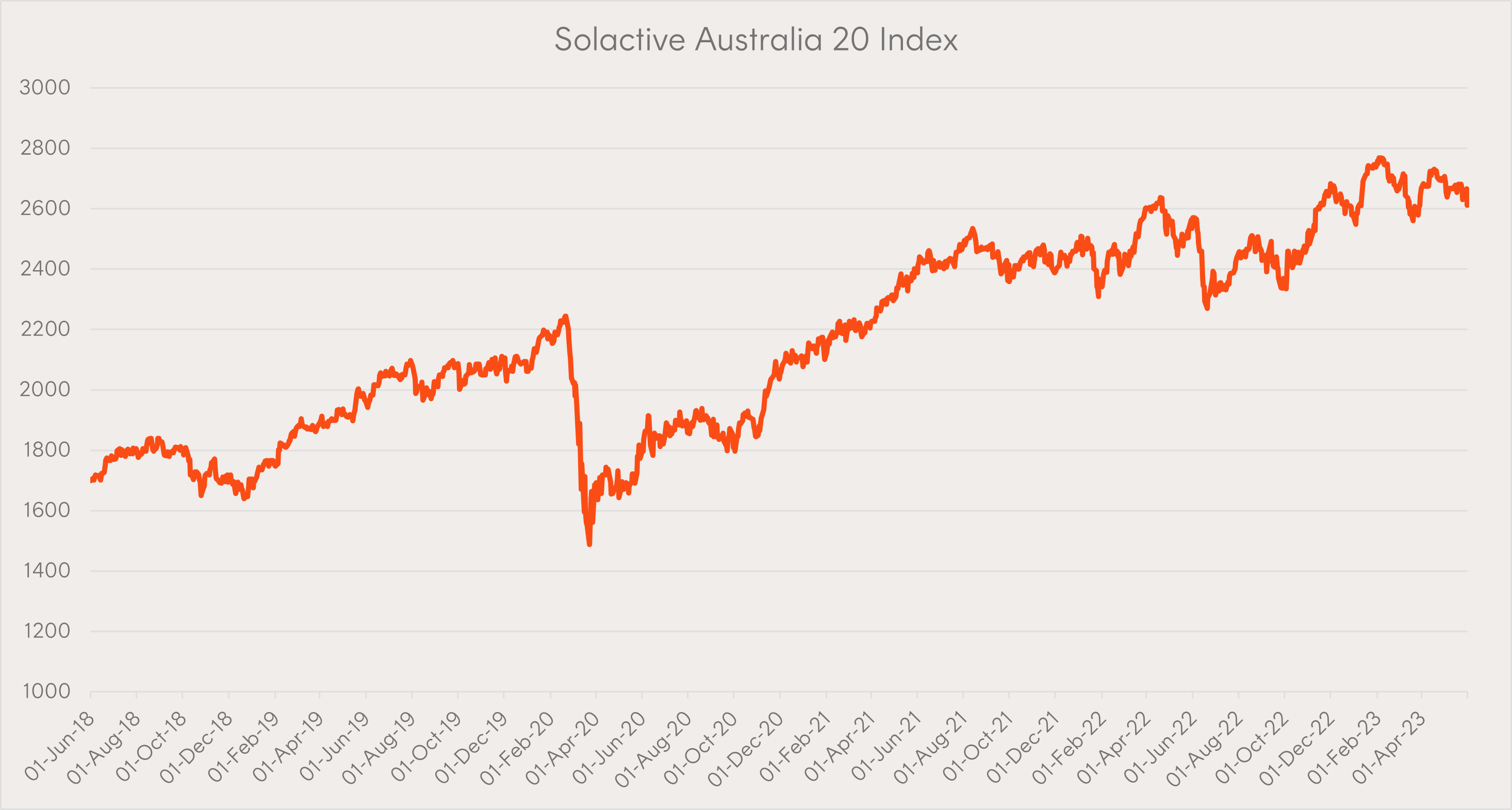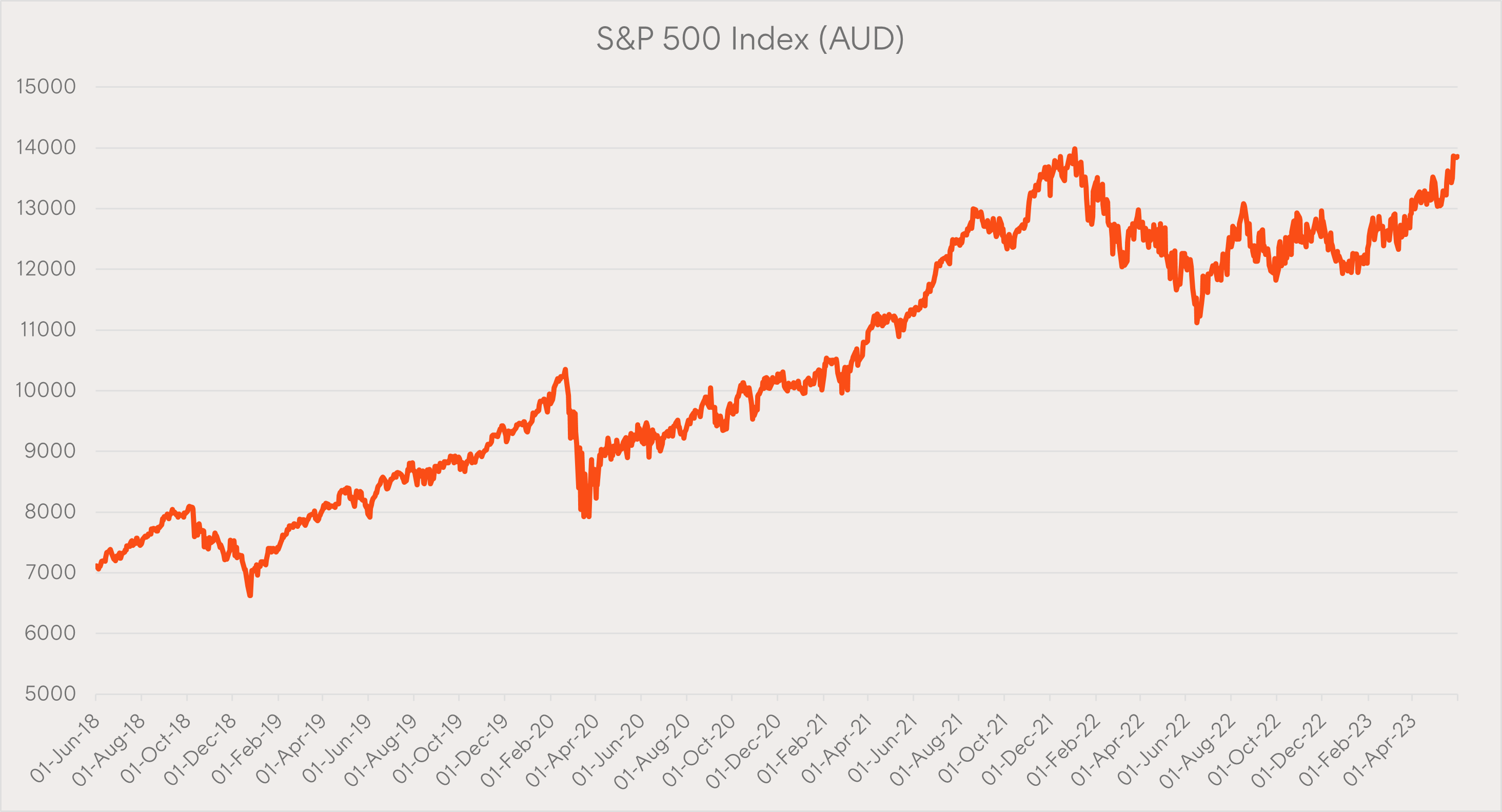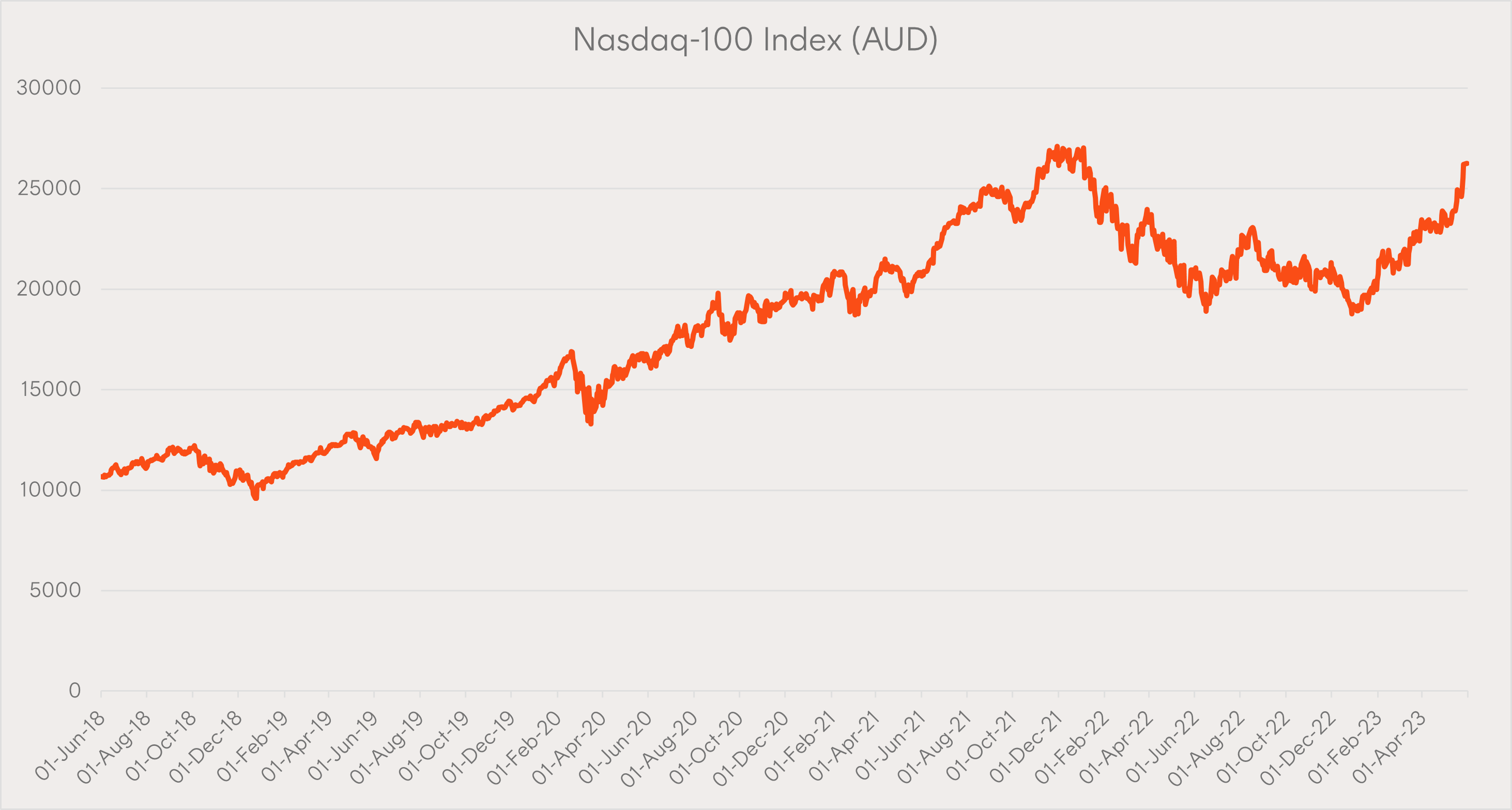Boost your income with this overlooked strategy

Betashares
For income-focused investors, yield has been elusive in recent years. Low interest rates globally meant that fixed income yields were reduced, which flowed on to other asset classes, creating the phenomenon that came to be known as the ‘search for yield’.
But this dynamic has changed over the last year as higher interest rates have improved yields across many asset classes. Much of the attention has been on fixed income, but income-focused equity strategies can offer high yields, diversification benefits, and in some cases, franking credits.
Covered calls: a strategy to increase income
A ‘covered call’ strategy involves holding a portfolio of equities (or ETFs which hold equities) while ‘writing’ (selling) options. The goal is to offer additional income over and above dividends generated by the portfolio. Understanding why these strategies may be well placed in the current market first requires an understanding of how they work. This video explains the concept:
The key points are:
- A covered call strategy ‘caps’ the upside potential of an equity investment.
- In exchange for this, you receive additional income through selling options (on top of the dividends paid by the underlying portfolio).
- The strategy is best suited to neutral (or sideways trading) markets to gradually rising markets. However, it would usually be expected to underperform an equivalent portfolio without the covered call strategy during a strongly rising market.
- A covered call strategy may also help reduce portfolio volatility.
There’s one other detail to understand that isn’t covered in the video. All else being equal, option prices increase when the expected volatility of the underlying shares increase. As a covered call strategy seeks to produce income by selling options, higher expected volatility in equity markets can mean higher income from selling options.
The proof is in the pudding: the yield on offer from covered calls
Implementing a covered call strategy is easier than it might sound. Betashares offer a range of exchange traded products that employ the strategy over portfolios of well-known stocks.
The charts below show the additional income that Betashares Equity Yield Maximiser Fund (managed fund) (ASX: YMAX) and Betashares S&P 500 Yield Maximiser Fund (managed fund) (ASX: UMAX) have produced compared to their respective benchmarks for the 12 months ending 31 May 2023.
Cash yield and franking credits on YMAX and UMAX
Why conditions have improved for this strategy
Prior to late 2021, the market generally moved higher, with the exception of early 2020, which saw a sharp fall. These conditions tended not to be conducive for a covered call strategy as the cap on returns was frequently reached due to share prices moving above the strike prices for the call options. Conversely, the sharp sell-off in early 2020 was not sufficiently offset by the income earned by selling the options.
During this bull market, the Reserve Bank of Australia (RBA) and US Federal Reserve regularly lowered interest rates and purchased government bonds when faced with market volatility. This helped to support asset prices, meaning any increase in volatility was generally short-lived. It also created a mentality of ‘buy the dip’.
However, a couple of things have changed since the start of 2022 that are relevant for covered call strategies. Firstly, the market has generally been either neutral or gradually rising, which is beneficial for the performance of these strategies. Secondly, expected volatility has been higher, which increases the income from writing (selling) call options.
The chart below shows the 5-year performance (to 31 May 2023) of the Solactive Australia 20 Index, which tracks the 20 largest companies listed on the ASX – the same companies held in YMAX.1

Similar stories can be seen in the below charts showing the 5- year performance (to 31 May 2023) of the S&P 500 Index, which represents the portfolio of stocks held by UMAX,1 and the Nasdaq-100 Index, which represents the portfolio of stocks held by Betashares NASDAQ 100 Yield Maximiser Fund (managed fund) (ASX: QMAX).1


What the future could hold
Global central banks, including the RBA and the US Federal Reserve, have recently demonstrated a clear bias towards tightening rates.
The latest US CPI reading came in at 4% for the 12 months to the end of April 2023. This is well off last year’s peak of 9.1%, but still a long way from the target of 2%. In Australia, the latest reading came in at 7% for the 12 months to the end of March 2023, compared to the RBA’s target of 2-3%.
The minutes from the Fed’s latest FOMC meeting noted that “inflation was unacceptably high”, while there was uncertainty about the need for further rate hikes. While some FOMC members expected inflation to remain above the 2% target rate, which could potentially trigger further hikes, others expressed concern for the current economic conditions, suggesting that further hikes may not be necessary.2
Similarly, the latest statement from RBA Governor, Philip Lowe, suggested that further tightening of policy may be required, but this would be dependent on the economy and inflation.3
This uncertainty may mean heightened volatility and a sideways-trading market is here to stay, at least as long as global central banks maintain a tightening bias. As a result, the ‘buy the dip’ mentality could be shifting to a ‘sell the rally’ mentality.
Such conditions could be beneficial for the performance of covered call strategies, like those employed by the Betashares Yield Maximiser Funds.
Betashares NASDAQ 100 Yield Maximiser Fund (managed fund) (QMAX) aims to provide regular income along with exposure to a portfolio of the top 100 companies listed on the Nasdaq stock market. In addition, the Fund aims to provide lower overall volatility than the underlying Nasdaq-100 Index.
Betashares Equity Yield Maximiser Fund (managed fund) (YMAX) aims to generate attractive quarterly income and reduce the volatility of portfolio returns by implementing an equity income investment strategy over a portfolio of the 20 largest blue-chip shares listed on the ASX.
Betashares S&P 500 Yield Maximiser Fund (managed fund) (UMAX) aims to generate attractive quarterly income and reduce the volatility of portfolio returns by implementing an equity income investment strategy over a portfolio of stocks comprising the S&P 500 Index.
Follow for more insights
Trusted by hundreds of thousands of Australian investors, Betashares offers cost-effective, simple, and liquid access to the broadest range of ETF investment solutions available on the ASX, covering almost every asset class and investment strategy. Learn more here.
Footnotes:
- Please note YMAX, UMAX, and QMAX do not aim to track an index.
- Source: US Federal Reserve, Minutes of the Federal Open Market Committee, May 2-3, 2023.
- Source: RBA, Statement by Philip Lowe, Governor: Monetary Policy Decision.
4 topics
3 stocks mentioned

Patrick is the Editorial Director at Betashares and a member of the Investment Strategy and Research Team. He has over 15 years of finance and financial media experience with past roles at Livewire, netwealth, Link Group, and others.
Expertise

Patrick is the Editorial Director at Betashares and a member of the Investment Strategy and Research Team. He has over 15 years of finance and financial media experience with past roles at Livewire, netwealth, Link Group, and others.

